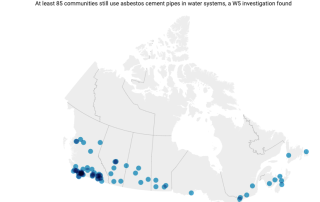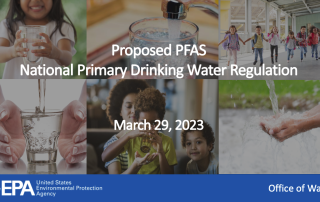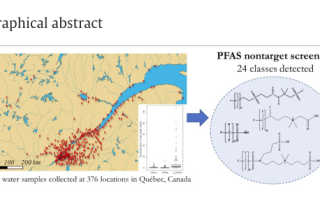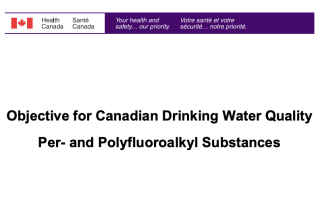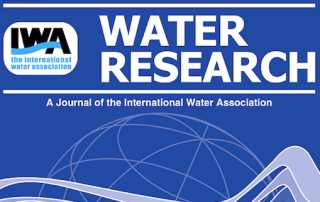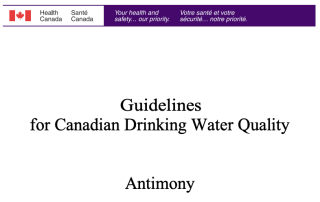Stay in the know on all things drinking water


Dr. William B. Anderson retired on January 1, 2025. He maintains a connection to the Water Science, Technology & Policy Group through an adjunct professorship to guide his remaining graduate students through to their degree completion. He was previously a Research Associate Professor and the Associate Director of the group. He has been active in drinking water quality and treatment research for over 45 years, more recently focusing on contaminant adsorption to microplastics, microplastic removal through chemically assisted filtration, pathogen removal, perfluorinated compounds, cyanobacteria and their toxins, and biological filtration. He has served on the Boards of Directors of the Ontario Water Works Association (OWWA) and the Walkerton Clean Water Centre and currently serves on the OWWA Advocacy Steering Committee and the Canadian Water and Wastewater Association Drinking Water Quality Committee. Please note that Dr. Anderson is no longer accepting graduate students.
The past 15 years, Bill has maintained an email service drawing attention to items of interest to drinking water professionals including, for example, the latest research articles, regulatory updates, outbreak reports, topical issues, and media stories. Bill’s email service has expanded over time to include all interested individuals. These emails are now also archived here in a blog format as they are released, which can be explored by category or simply by scrolling through the posts below.
If you would like to join Bill’s email list for updates straight to your inbox, you can send an email to Bill to be added to the list.
Hidden danger: Is there asbestos in your drinking water, and how could it get there?
The USEPA National Primary Drinking Water Regulations currently regulate asbestos with an established a maximum contaminant level (MCL) for asbestos in drinking water of 7 MFL (million fibers per liter > 10 µm in length).
USEPA is proposing a National Primary Drinking Water Regulation for six PFAS in drinking water
“EPA is proposing a National Primary Drinking Water Regulation (NPDWR) to establish legally enforceable levels, called Maximum Contaminant Levels (MCLs), for six PFAS in drinking water. PFOA and PFOS as individual contaminants, and PFHxS, PFNA, PFBS, and HFPO-DA (commonly referred to as GenX Chemicals) as a PFAS mixture.
Target and Nontarget Screening of PFAS in Drinking Water for a Large-Scale Survey in Québec
Tap water samples were analyzed for 42 PFAS in 376 municipalities within 17 administrative regions in Quebec and it was found that 99.3% of the tap water samples were positive for at least one PFAS.
Draft objective for per- and polyfluoroalkyl substances in Canadian drinking water
Health Canada is proposing an objective of 30 ng/L for the sum of total per- and polyfluoroalkyl substances (PFAS) detected in drinking water. Total is defined by a couple of USEPA methods or a method that can detect at least 18 PFAS. Also of note is that they state “For the purposes of this proposed objective, a result of non-detect is considered to have a value of zero.”
Draft objective for per- and polyfluoroalkyl substances in Canadian drinking water
A paper recently published in the journal Water Research provides some hard evidence to suggest that climate change is related to, or associated with, cyanobacterial occurrence (it is hard to even describe the connection between the two given some uncertainties).
Draft technical document guidelines for Canadian drinking water quality – Antimony
It is proposed that a maximum acceptable concentration (MAC) of 0.006 mg/L (6 μg/L) be established for antimony in drinking water. This is the existing MAC (i.e. unchanged). The text I have highlighted in yellow below briefly explains the need for public comment given that there is no change in the MAC being proposed.

